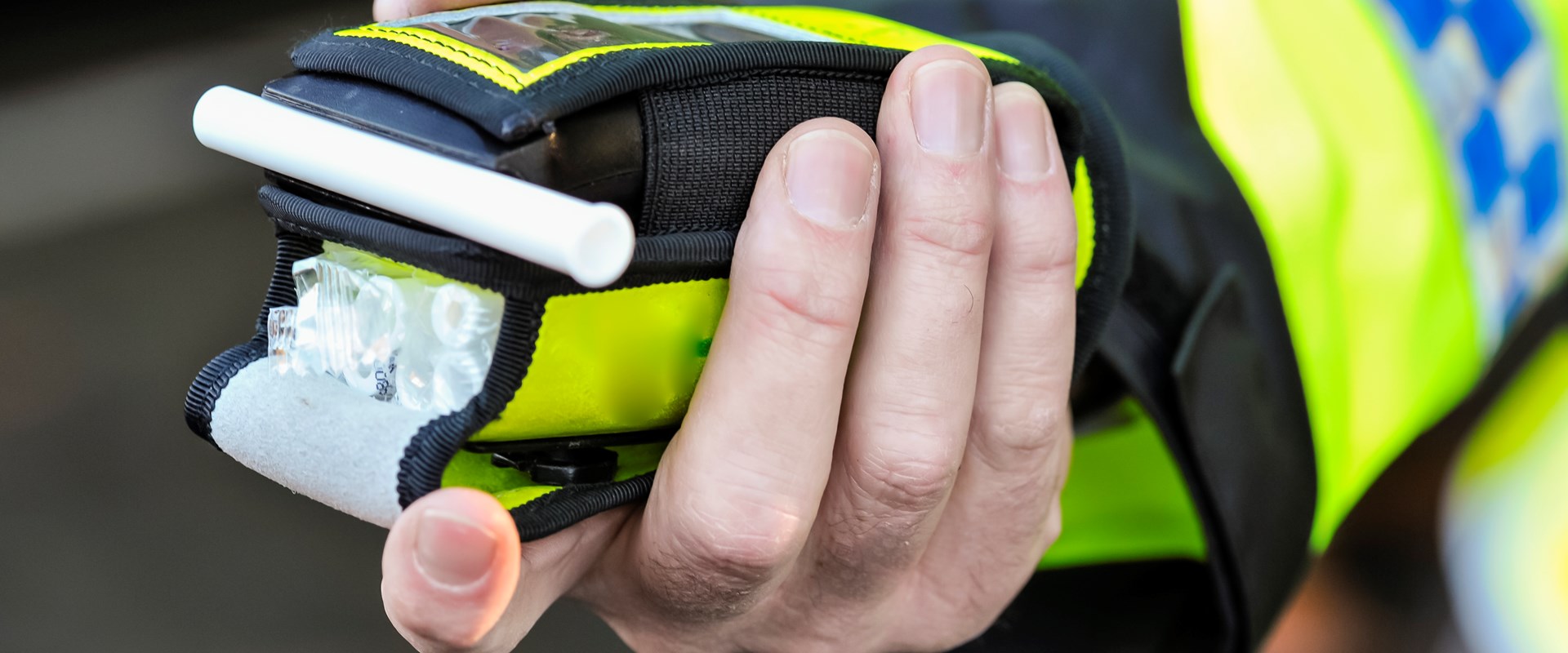
Drink and Drug Driving
The Facts
It is not possible to say how much alcohol you can drink and stay below the limit. The way alcohol affects you depends on the type and amount of alcohol you’re drinking, what you’ve eaten recently, your stress levels at the time, your weight, height and so on. The same applies for legal and illegal drugs.
20% of all Greater Manchester fatal collisions were reported as involving drink/drug driving in 2018.
The Law
In England, the legal alcohol limit for drivers is:
-
35 microgrammes of alcohol per 100 millilitres of breath
-
80 milligrammes of alcohol in 100 millilitres of blood
-
107 milligrammes of alcohol per 100 millilitres of urine
It is also an offence to drive with any of 17 controlled drugs above a specified level in your blood – this includes illegal and medical drugs.
The Consequences
Drink or drug driving could lead to a criminal record
A criminal record means:
- You may lose your job
- Many countries won't let you visit
- Your car insurance cost will sky rocket
- You may not pass a DBS check to work with children or vulnerable adults
Never drive after drinking or taking drugs
There are strict penalties if you are convicted of drink or drug driving, including a minimum 12 month driving ban, a hefty fine and up to 6 months in prison.
There are also everyday consequences, such as increase in car insurance costs, job loss and the shame of having a criminal record.
So, if you’re driving, it’s better to have none for the road.
Drink & Drug Driving (Fatal 4 Educational Resources)
This presentation is aimed to look at how drivers can improve their driving, to be safer on the roads, whilst analysing some risks of being under the influence of alcohol and drugs (Prescribed and Illegal).
The lesson lasts around 20-25 Minutes and is aimed at 16 +. Videos can be played with Subtitles, Captions are available on the Session Plan.
Warning - some viewers may find the presentation upsetting.
Drink & Drug Driving Presentation (PPT, 105MB)



